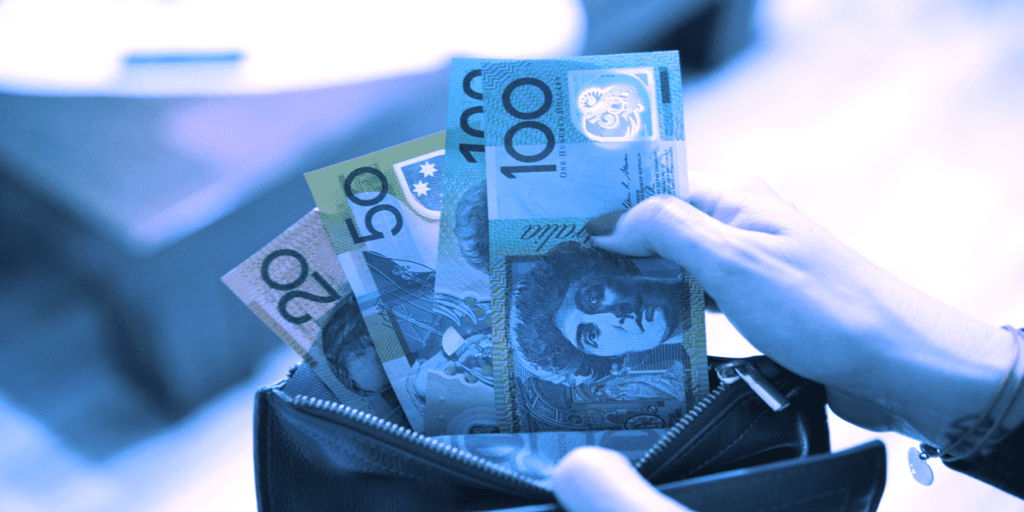Australia drew one step closer Wednesday to potentially establishing a central bank digital currency (CBDC), as the Reserve Bank of Australia (RBA) announced an upcoming pilot phase for its digital version of the Australian dollar called the eAUD.
In a joint announcement with Australia’s Digital Finance Cooperative Research Centre, the RBA says it invited a small number of companies to help explore 14 use cases for the eAUD, asking firms like ANZ and Mastercard to participate in the program. The use cases range from facilitating offline payments to tokenized invoices for businesses, and even livestock auctions.
“The pilot and broader research study that will be conducted in parallel will serve two ends—it will contribute to hands-on learning by industry, and it will add to policymakers’ understanding of how a CBDC could potentially benefit the Australian financial system and economy,” the RBA’s Assistant Governor Brad Jones stated.
CBDCs are similar to stablecoins in the sense that they are digital currencies that are pegged to the price of a fiat currency, such as the U.S. dollar. However, instead of being maintained by private companies that issue tokens on decentralized networks, CBDCs are fully backed and maintained by their respective governments.
Over 10 countries have launched a CBDC so far, and 89 countries are either piloting, developing, or researching a CBDC, according to the American think tank Atlantic Council’s website. Last month, Japan announced it will launch a CBDC pilot program in April.
Jones commented about the increased pressure countries have faced within the past two years to establish a CBDC, including the U.S., as countries like China hone the technology and steadily roll it out.
“I have absolutely detected a shift in the last 18 months or so, growing support—particularly in Congress—behind the idea that the primacy of the U.S. dollar and its role in the international financial system could be at risk if all the others race ahead and the U.S. sits behind,” he said in a speech published Wednesday on the RBA’s website.
Jones pointed out that CBDCs have the capacity to make payments across borders more efficient, reducing the costs associated with transactions and increasing the speed at which they can be settled.
“It still costs, on average, around 5% to send your money abroad [in Australia], and those transactions can take up to a couple of days to settle, which is clearly unsatisfactory,” Jones said.
The RBA has been doing research on CBDCs for a number of years, Jones explained, and previously “provided [the] industry with a blank digital canvas to come up with their own proposals” on how a CBDC could be leveraged. He said, “We didn’t want to be so intellectually arrogant as to think we have all the answers here.”
Another aspect of the RBA’s pilot program is that the eAUD is “a real digital claim on the reserve bank” and not “just an exercise being conducted in a sort of abstract sandbox,” Jones said, alluding to some experiments involving CBDCs that have taken place in New York.
In the U.S., The Federal Reserve has explored the concept of issuing its own tokenized dollar for years, publishing research on the topic as early as 2016. And the San Fransisco Federal Reserve recently posted job listings related to the development of CBDCs, seeking individuals that could help the U.S. central bank design and develop a digital version of the U.S. Dollar.
However, not every lawmaker is on the same page. Republican House Majority Whip Tom Emmer (R-MN) reintroduced legislation last month that would ban the Federal Reserve from issuing a CBDC, an advancement he claimed would amount to “stripping Americans of their right to financial privacy.”
Today, I introduced the CBDC Anti-Surveillance State Act to halt efforts of unelected bureaucrats in Washington, DC from stripping Americans of their right to financial privacy. 👇 pic.twitter.com/lONbHFZMk7
— Tom Emmer (@GOPMajorityWhip) February 22, 2023




